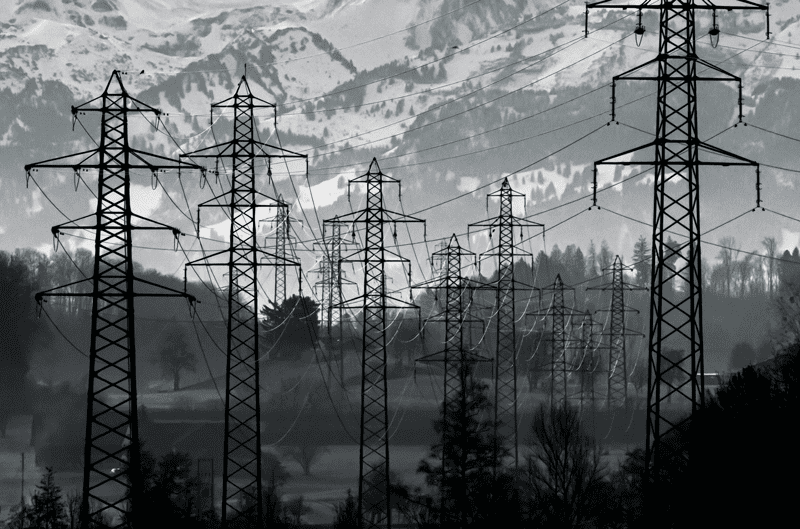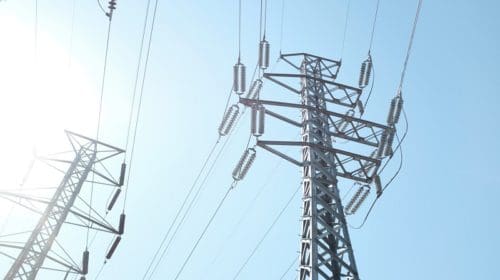The Inflation Reduction Act has grid-scale energy storage adoption underway. Industry experts and stakeholders in the sector know significant changes are coming, but is there enough evidence to prove nebulous trends? Environmental advocates, renewable industry leaders and C-suite professionals can all rejoice in these suspected 2024 trends because many incite positive outlooks for sustainable development.
1. Policy and Regulatory Landscape Adjustments
Regulatory bodies are responsible for catalyzing swift deployment. Policies have much catching up to do when stabilizing grid-scale energy storage expectations, which has recently been devoted to standalone storage implementation projects. In 2022 and 2023, there were more government-funded initiatives to push solar energy storage combination projects, which are likely to continue in 2024 with a broader scope.
However, more policies will focus less on expedited installation and on enhancing domestic production. The supplies needed for grid-scale storage solutions are predominantly in the Asia-Pacific region. Unless policymakers find ways to move production closer to home, it will total 68 percent or more of the market until 2026. This would be beneficial in removing supply chain delays and price fluctuations.
2. New and Advanced Battery Technologies Enter
Lithium-ion is the current go-to, primarily as investments and intrigue drove prices to fairly reasonable ranges. These have had their advancements over the years, including bolstered energy density. However, researchers are working tirelessly to get more efficient, cost-effective and environmentally friendly materials compatible with demand and climate goals. What are some of the top contenders in progress?
Solid-state batteries are entering the scene with ferocity. Their primary boon is enhanced fire safety. Another competitive player is flow batteries, which use different materials than other options yet promise longer life spans from reduced wear and tear. This includes more powerful peripherals like transformers and cables.
The variances are necessary for expanding supply chain resilience and raw material diversity. Additional possibilities include other batteries but may other avenues for storage potential:
- Sodium-ion
- Thermal systems
- Flywheels
- Compressed air
- Hydrogen
- Zinc-hybrid
Not only are there these advances, but experts expect grid-scale storage to have longer battery life regardless of composition. The aforementioned advanced battery technologies prioritize battery life to reduce maintenance and prevent frequent replacements, though this almost always results in an uptick in cost. Prices may level if energy trading becomes normalized for everyone, from communities to wholesalers.
3. Heightened Integrability With Renewable Energy
Utility providers want the benefits of grid-scale energy storage to provide better services to their customers, especially for ones running on renewables. It prevents corporations from having to send notices over the news, asking customers to cut their energy consumption during peak times.
More corporations will prioritize blending energy storage with renewable energy to dissuade grid congestion. With energy storage, they can accommodate peak times gracefully without disruptions to service or their reputation. The commitment to both promises higher ROI due to energy arbitrage, increased customer satisfaction and more consistent output.
4. Hybridized Systems
Hybrid power systems refer to battery storage systems connected to other technologies to be more dynamic and generative. For example, a battery energy storage system (BESS) may combine with diesel or solar power to lighten generator loads and help fossil fuel companies transition to greener fuel sources.
Hybrid systems will become more common for a grid undergoing modernization while adaptability with novel tech remains a constant concern.
5. Digitized Management and Oversight Systems
Remote management and monitoring (RMC) oversight is the near future for grid-scale energy storage. It immediately embeds supervision and smart technologies with assets of the future, such as artificial intelligence and machine learning. RMC eliminates wasted time, finances and labor from excessive on-site inspections, helps identify root causes of faults and promotes cyber awareness.
The trend is grid-scale energy storage will only achieve complete installation with compatibility with an RMC ecosystem. It includes sensors, ways to obtain data analytics and communications systems to transmit information. Connected software shows the storage system’s health and updates the power conversion system. These tools improve performance and streamline grid management.
6. Stakeholder Prioritization Shifts
Governmental funding is required for advancing grid-scale energy storage, but other stakeholder investments are arguably more important because they are independent of an arduous, time-consuming approval process. However, trends show that the money will start moving less into lithium-ion battery storage and more into other technologies.
Eco-savvy investors want non-lithium alternatives and practical tech leaders want more durable prospects. Additionally, other exciting sectors utilize similar raw materials that may reroute money that would otherwise go into grid-scale storage to other ventures. For example, there is growing demand for EVs and personal electronics, which also require batteries. The market is ramping up so much grid funds may defer to these companies and startups instead.
If the money stays in energy storage, it is more likely to funnel into the aforementioned storage alternatives, such as thermal, before it goes to lithium. Another trending market is pumped hydroelectric storage, which may receive more of the spotlight in 2024.
Suppose modern ideas are not enticing enough and investors want to pull money out of lithium because of its environmental controversies, labor shortages, international conflict, and supply chain scarcity. In that case, another trend is that less money goes into grid-scale opportunities overall. Industry forerunners must remain convincing in their R&D to keep investments within the energy field to help deployment go smoothly.
7. Enforced Sustainability Compliance and Cybersecurity
Storage capacity, accessibility and density will all increase in 2024, meaning more refined compliance is required to control quality and performance. Integrability with critical infrastructure means the environmental regulatory realms will cross into cybersecurity, as its systems must remain reinforced to keep the environment and those connected to the grid safe.
Utilities and government structures are valuable to cybercriminals, and incidents will hinder the progress of green energy. Intense cybersecurity must protect them to prevent outages, vandalism and other disruptions to core storage and renewable energy systems. Otherwise, mountains of e-waste will arise from compromised equipment.
Grid-Scale Operations Must Exceed Expectations
Energy storage is the backbone of reliable renewable energy. It defends its viability and versatility because it eliminates wasted potential and makes communities more secure. These trends explore how attitudes and market priorities will shift to focus more on agility, resilience and expansion in the coming year.
Emily Newton has eight years’ experience creating scientific and environmental articles under her belt. She loves exploring innovations impacting the energy industry and helping people stay informed. Her work in EnergyTech, Renewable Energy Magazine, and Energy Central, showcases her ability to identify newsworthy stories. When Newton isn’t writing, she takes her telescope out to look at the stars.





